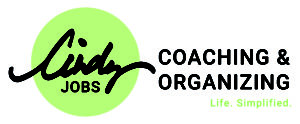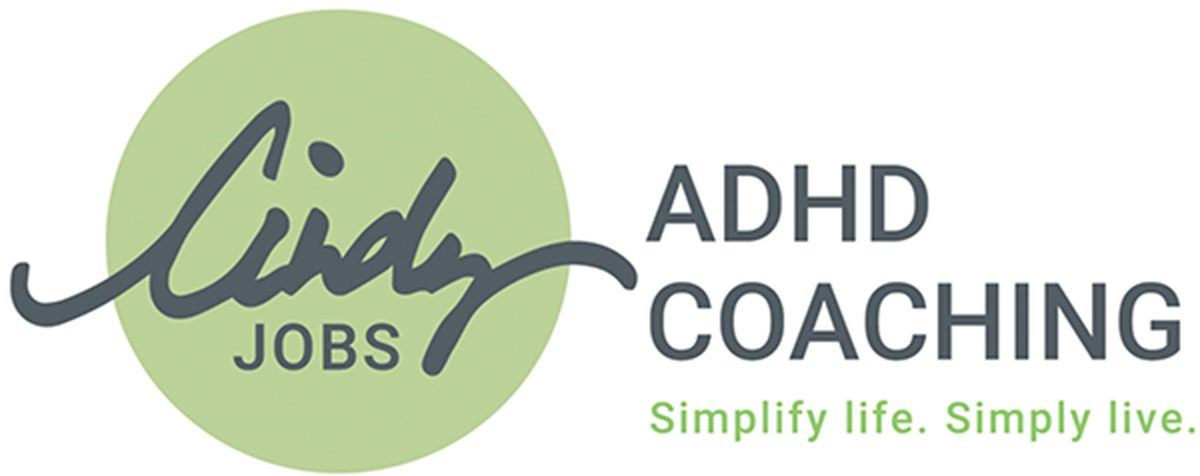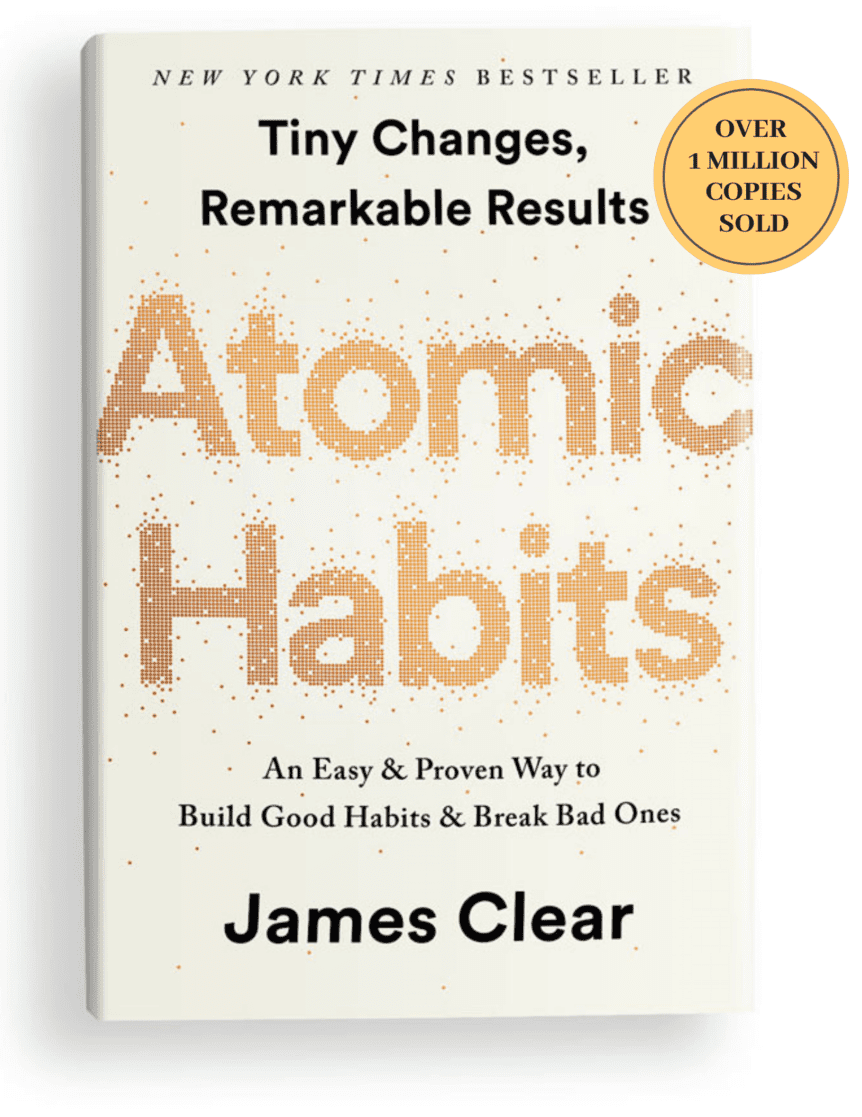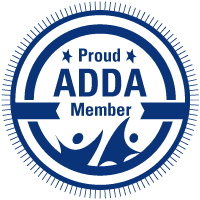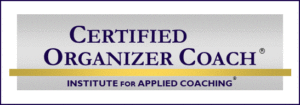Change is hard. Made even harder if we are trying to make significant changes quickly.
Much like instant weight loss gimmicks that work for a short period of time, using the same tactic with life-changing strategies may have the same, limited success.
Enter Atomic Habits, the New York Times bestseller by James Clear.
Atomic Habits full of great ideas and evidence-based strategies. It was an easy read with chapter summaries and real-life examples of how changing habits intentionally and thoughtfully will bring greater success.
Here’s a high-level book report; however, I encourage reading the entire book, it’s fabulous!
Goals: Goals are useful for setting a direction, but systems are best for making progress. Small changes, reinforced consistently, will help us achieve our goals.
Become your goal: Changing how you view yourself will make all the difference. Here’s a slight variation on how someone who’s trying to quit smoking may react when offered cigarette:
“No, thanks. I’m trying to quit.” or “No thanks, I’m not a smoker.”
Which do you think provides a more tangible reinforcement of quitting smoking?
The science of habits: All habits proceed through four stages of a feedback loop:
- Cue (problem phase)
- Craving (problem phase)
- Response (solution phase)
- Reward (solution phase)
The most important thing you can do is recognize the cue that instigates the next behavior. Your phone buzzes (Cue), leads to satisfying curiosity (Craving), which leads to grabbing your phone (Response), culminating in satisfying the curiosity (Reward).
Connecting (stacking) habits: It’s easier to implement new habits when they are connected to existing habits. For example, if you regularly exercise and want to start meditating, connect the meditating habit to the exercising habit.
Less effort = greater success: Create an environment with as few roadblocks as possible. Want to eat more veggies? If the veggies are cut and ready for consumption, we are more likely to reach for them when the cue/craving strikes. If they aren’t prepared, we may reach for the potato chips instead.
The two-minute rule: When starting a new habit, the first action should take two minutes or less. For example, “become a runner” may very well begin with “put on running shoes.” Chances are, once you’ve put on the running shoes, you will more than likely head out for a short run.
Immediate vs. future rewards: Our brains evolved to reward immediate actions (run from the tiger), but that philosophy does not serve us well in the modern world. Buying that fantastic handbag (immediate reward) does not work out well in the long run if we are saving to purchase a home (future reward). Whenever possible, give visual cues about how the future reward will serve you, possibly a picture of your dream home.
Create a habit tracker: Creating a visual form of measurement (checkmarks on a calendar, a weekly review of the bank account, etc.) is a powerful way to maintain progress.
What habits do you want to start or stop, but you aren’t sure how to get started? Pick up a copy of Atomic Habits and take the next step in becoming who you want to be.
Cindy Jobs
Looking for more information?
Click here for ADHD-friendly Time Management Tools
Click here for 15-minute organizing tips.
Click here to schedule a complimentary breakthrough session.
For more helpful information, follow me on Facebook.
